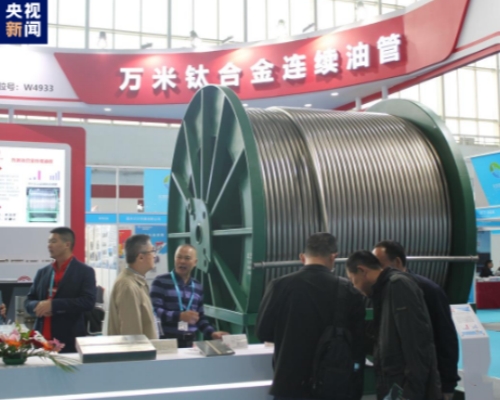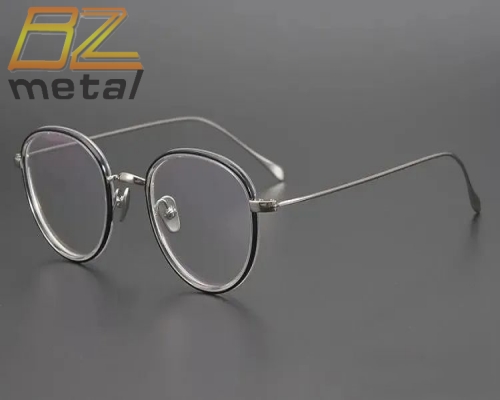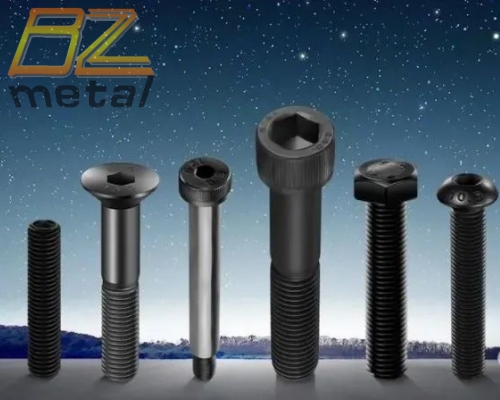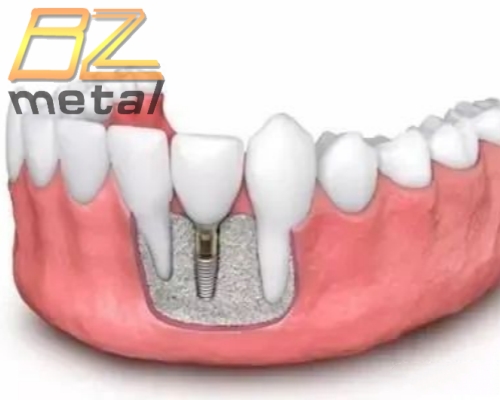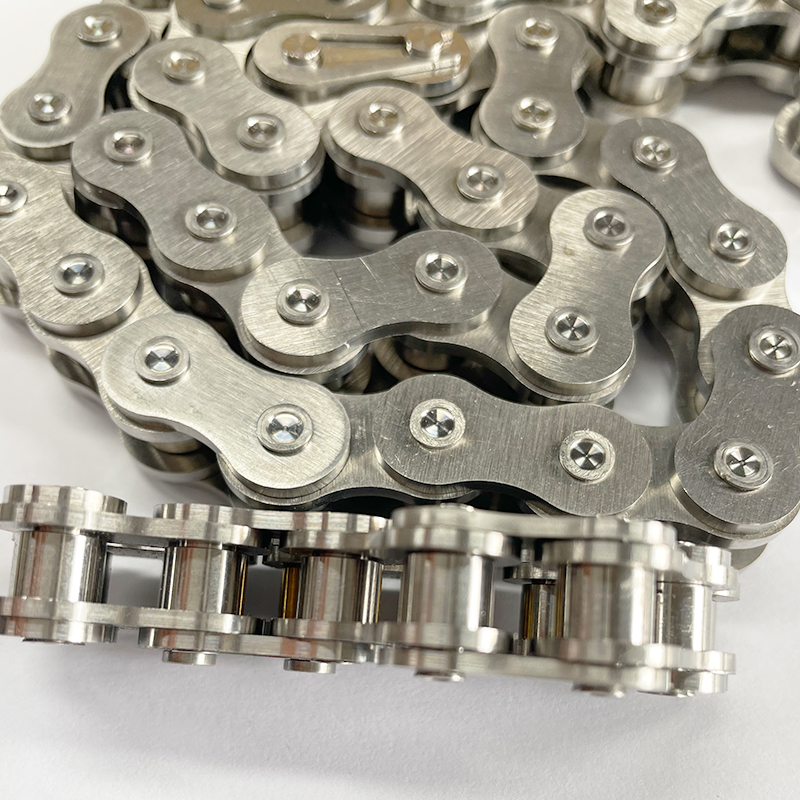Hydrogen Treatment Technology Of Titanium Alloy Materials
Hydrogen Treatment Technology Of Titanium Alloy Materials
The hydrogen treatment technology of titanium and its alloys is a relatively active research direction in the field of materials science and engineering. At present, hydrogen treatment technology has been applied in the research of thermal processing, machining, powder consolidation, composite material preparation, and microstructure refinement of titanium alloys, and has formed a unique research field. The use of hydrogen treatment technology to improve the superplastic properties of titanium alloys is an important research aspect. So far, many scholars have used the hydrogen treatment effect to improve the superplastic properties of cast titanium, deformed titanium alloys and titanium-aluminum intermetallic compounds.
At present, there are two ways to use hydrogen treatment technology to improve the superplastic properties of titanium alloys:
(1) Using the plasticizing effect of hydrogen, add an appropriate amount of hydrogen before the superplastic forming of titanium alloy to increase the proportion of phase B in titanium alloy, reduce the flow stress during superplastic deformation, and achieve the purpose of improving the superplastic properties of titanium alloy.
(2) The microstructure of titanium alloy is refined by hydrogen treatment, and ultrafine crystal titanium alloy is prepared by combining plastic deformation technology, so that titanium alloy has excellent superplastic properties at lower deformation temperature and higher deformation rate.
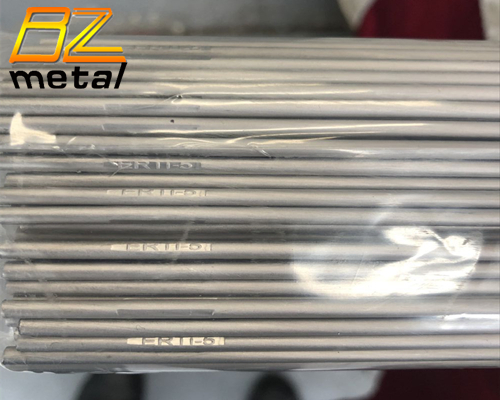
Modern superplastic deformation theory believes that grain boundary slip is the main method of superplastic deformation, and diffusion and dislocation movement within the grain and at the grain boundary are the main coordination mechanisms of grain boundary slip.In the superplastic forming of titanium alloys, phase B is dominated by diffusion creep or dislocation creep: phase A is dominated by grain boundary slip, coordinated by diffusion and dislocation movement; the flow between the two phases A and B is completed by the migration of the A and B phase boundaries.Hydrogen mainly plays the following roles in the superplastic forming of titanium alloys:
(1) The addition of hydrogen improves the diffusion capacity of alloying elements, leading to the diffusion creep of phase B and the enhancement of intergranular slip of phase A.
(2) The diffusion of hydrogen activates the pinned dislocation, promotes the climbing and sliding of the dislocation, improves the sliding ability of the B grain, and is conducive to the coordination of dislocations required by the sliding of the A/A grain boundary.
(3) The hydrogen-induced weak bond effect reduces the diffusion activation energy, enhances the atomic diffusion capacity, and improves the superplastic flow capacity.
(4) As can be seen from the Ti2H phase diagram, the addition of hydrogen significantly reduces the transition temperature of B\A+B and increases the volume fraction of phase B, which directly leads to an increase in plasticity and a decrease in flow stress, so that titanium alloys can be superplastic formed at a lower deformation temperature and a higher deformation rate.

